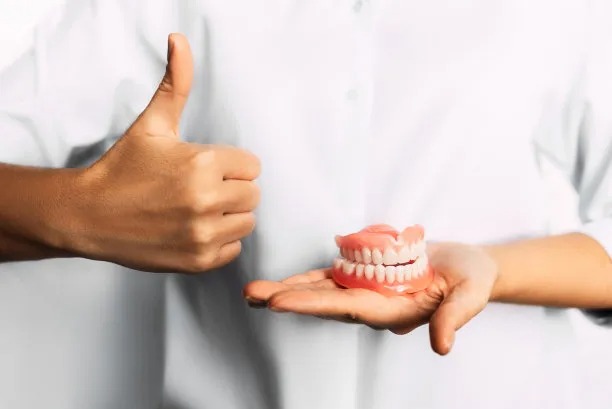The Essential Guide to Extracting a Tooth Safely and Effectively for Everyone
Summary: The process of tooth extraction may seem daunting, but with the right guidance, it can be performed safely and effectively by anyone. This article provides essential insights into preparing for a tooth extraction, the techniques involved, potential complications to be aware of, and the aftercare necessary for optimal recovery. Each segment of this guide aims to empower readers with knowledge, ensuring that the experience, whether for oneself or a loved one, is as smooth as possible. By following these steps and precautions, individuals can approach the procedure with confidence and clarity.
1. Preparing for a Tooth Extraction

Preparation is crucial before undergoing a tooth extraction. It begins with a comprehensive dental examination to assess the condition of the tooth and surrounding tissues. During this evaluation, the dentist will take X-rays to determine the tooths location, as well as its roots and surrounding bone structure. This information is critical as it informs the technique that will be used during the extraction.
Furthermore, patients should inform their dentist of any medications or medical conditions they have. If youre taking blood thinners or have underlying health issues, these factors can significantly influence the extraction process and anesthesia used.
Lastly, it’s essential to create a plan for aftercare and transportation. Arranging for someone to take you home after the procedure is advisable, especially if sedation is involved. Also, stocking up on soft foods and ice packs will ensure a smoother recovery.
2. Techniques for Effective Extraction
The actual extraction technique largely depends on whether the tooth is visible or impacted. For visible teeth, extraction typically involves the application of local anesthesia to numb the area. The dentist will then use specific instruments to loosen the tooth from its socket before gently removing it.
In contrast, impacted teeth, such as wisdom teeth, may require more complex procedures. This could involve making an incision in the gum to access the tooth more effectively. Regardless of the technique, the dentists skill and approach are essential to minimize discomfort and complications.
Once the tooth is extracted, the dentist may place gauze over the extraction site to help control bleeding. Additionally, they might provide specific instructions on managing pain and preventing infection, which will be critical in the next recovery phase.
3. Recognizing Potential Complications
Despite the best preparations and techniques, complications can still arise during and after a tooth extraction. One of the most common issues is dry socket, which occurs when the blood clot at the extraction site fails to form correctly or dislodges. This condition can lead to severe pain and may require further treatment.
Infection is another potential complication that can arise, particularly if proper aftercare is not followed. Symptoms of an infection include persistent pain, swelling, and fever. It’s critical to monitor recovery closely and report any unusual symptoms to your dentist promptly.
Moreover, patients with certain medical conditions may experience a higher risk of complications. For instance, individuals with diabetes or immune deficiencies should discuss these concerns with their dentist to tailor the extraction process and aftercare appropriately.
4. Aftercare for Optimal Recovery
After a tooth extraction, proper aftercare is vital for a smooth recovery. Immediately following the procedure, patients should rest and avoid strenuous activities for at least 24 hours. Using ice packs on the outside of the cheek can help reduce swelling and manage discomfort.
Diet is another critical factor during recovery. Soft foods, such as yogurt, mashed potatoes, and smoothies, should be consumed to avoid irritation at the extraction site. It’s essential to stay hydrated but avoid using straws, as sucking can dislodge the blood clot and lead to dry socket.
Lastly, maintaining oral hygiene while avoiding the extraction site is important. Gentle brushing and rinsing with warm salt water after the first 24 hours can help keep the area clean without disturbing the healing process. Following these guidelines will significantly enhance recovery and reduce complications.
Summary:
Tooth extraction, while challenging, can be accomplished safely and effectively with the proper guidance. Preparing adequately, understanding the techniques involved, recognizing potential complications, and committing to aftercare are pivotal to a smooth experience. By following this essential guide, individuals can navigate the extraction process with confidence.
This article is compiled by Vickong Dental and the content is for reference only.


